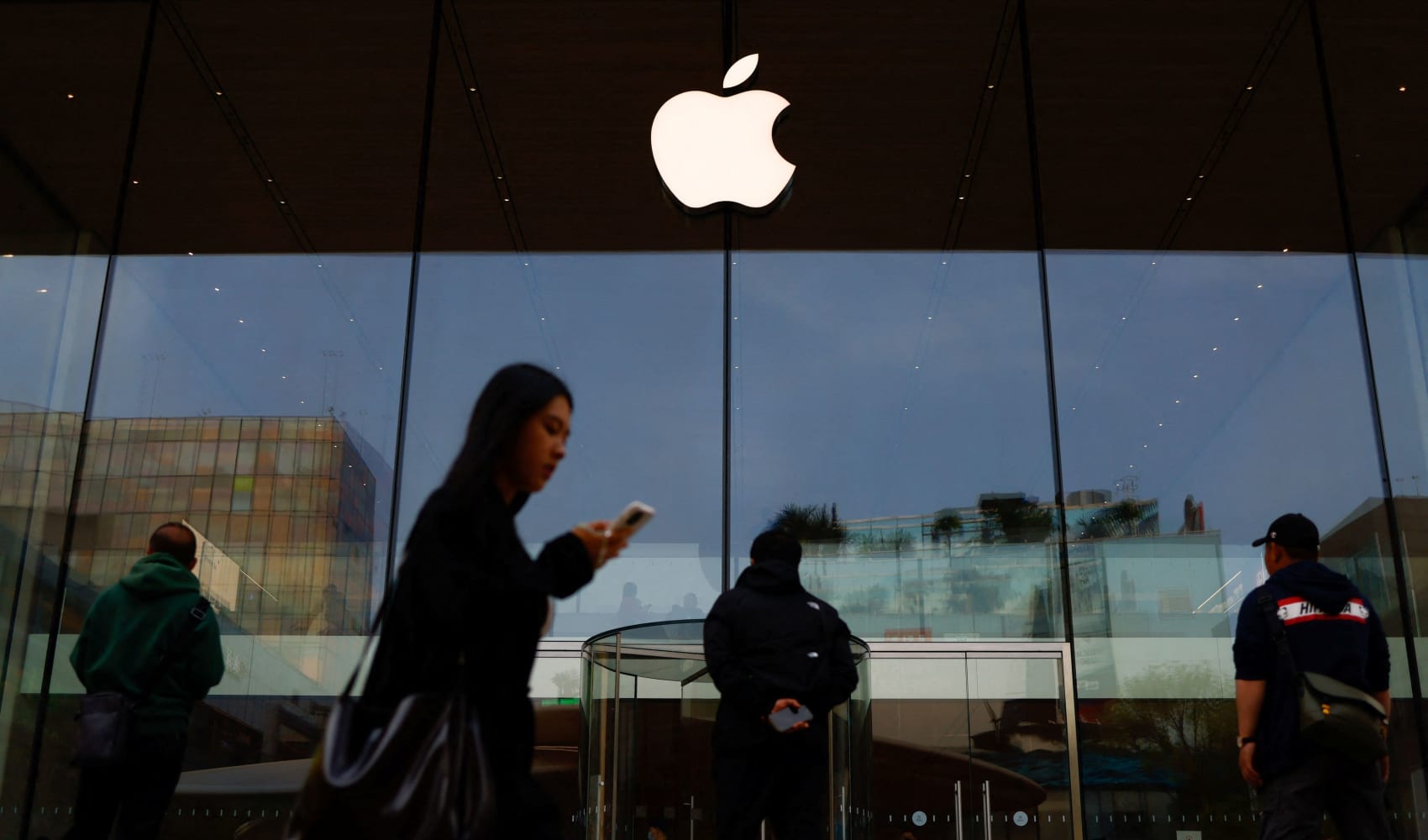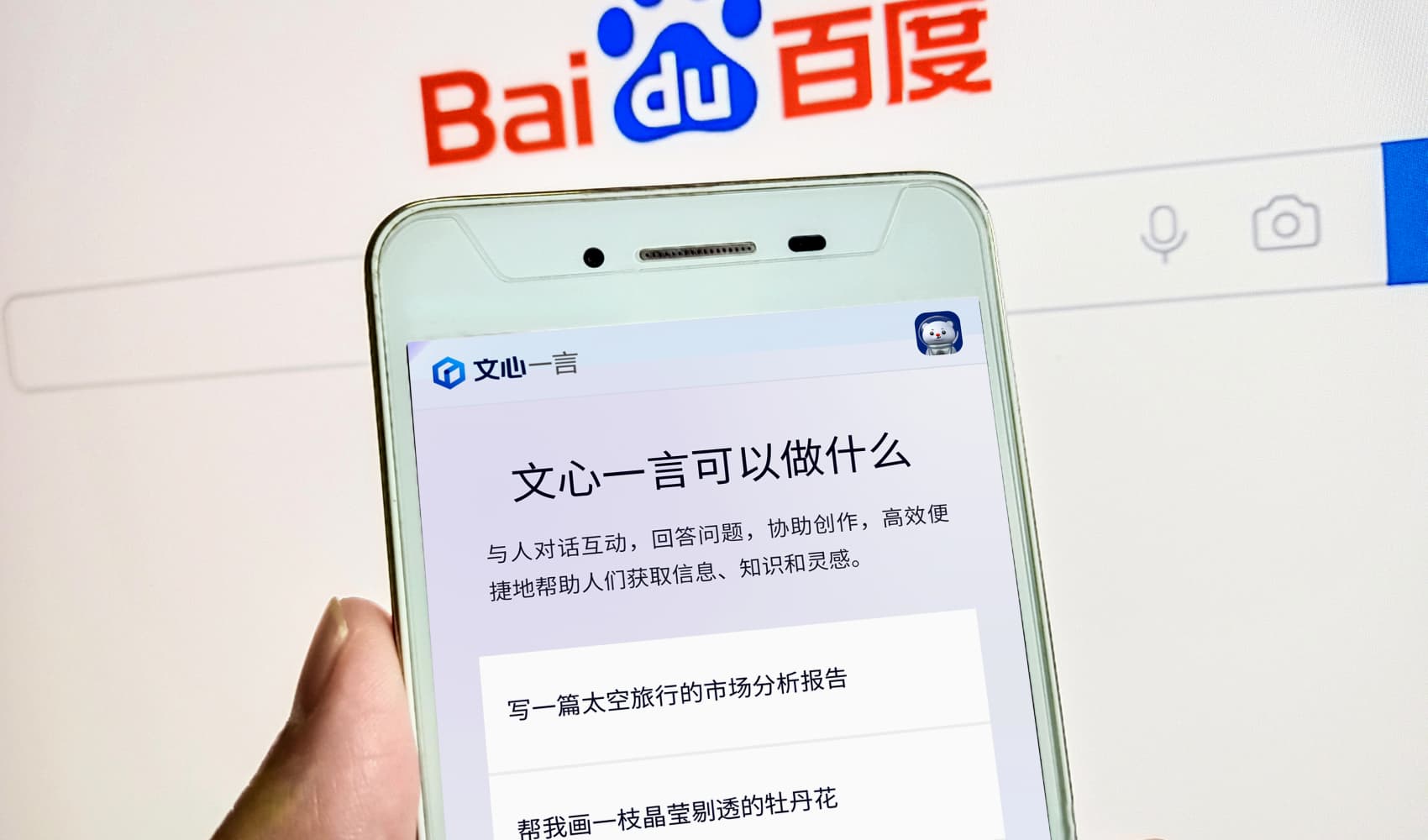What the U.S.-Vietnam trade deal tells us about the future of tariffs
Global attention turned to Vietnam on Thursday, after U.S. President Donald Trump announced a trade deal with Hanoi just days before Washington's reciprocal tariffs come back in full force.
Under the agreement, the U.S. will apply a 20% duty on Vietnamese imports — sharply below the 46% rate Trump had imposed in early April. U.S. imports to Vietnam will meanwhile not be subject to tariffs.
Trump also said that Vietnam had agreed to a 40% duty on any products that originally came from another country, but were sent to Vietnam for final shipment to the U.S. China has reportedly repeatedly relied on this practice, known as transshipping, to avoid trade barriers.
Vietnam is one of the few countries that has struck a trade deal with the White House, while the clock ticks down on Trump's 90-day temporary reprieve. Many nations have been left wondering how the future of their trade relationship with the world's largest economy could shape up.
"What we learned from the Vietnam deal is, if anything, the tariffs are going to go up from here, not down," Sebastian Raedler, head of European equity strategy at BofA, told CNBC's "Europe Early Edition" on Thursday.
But other countries might also now have an easier time negotiating, Mark Williams, chief Asia economist at Capital Economics, told CNBC.
"Other countries will feel they should be able to lock in a lower tariff rate than the 20% that President Trump says Vietnam has agreed to," he said, noting that "Vietnam had an unusually weak negotiating hand" due to its strong dependency on trade with the U.S.
More emerging market deals ahead?
The deal could be cause for concern for other emerging market economies like Vietnam, economists and strategists at Citi said in a note Thursday.
"On balance, we believe there is more for EM Asia to worry about than expect gains if this deal reflects what is to come soon," they noted.
While the development removes uncertainty and suggests other agreements could emerge in the coming days, the 20% tariff rate is higher than the expected 10% levy on goods, according to Citi's experts. They add that the separate 40% rate on transshipped goods suggests other countries may also need to agree to such a duty.
"Thailand followed by Malaysia might be more exposed than other EM Asia peers (apart from Vietnam). A separate and more punitive tariff on transshipped goods was least expected by the market," the note said.
"Additionally, there may be spillovers to other exporters that have set up factories in Vietnam in past years," for example Korea, it added.
But experts speaking to CNBC spoke are expecting several more trade agreements to emerge in the coming days, with Williams noting that the U.S. appears open to making these "rough" frameworks rather than "full" deals.
One of the countries tapped as potentially being next to strike a deal is India, says Trinh Nguyen, senior economist for emerging Asia at Natixis CIB. The agriculture sector could emerge as an obstacle, as India "will find it hard to allow US market access without domestic backlash," she suggested.
What the deal could mean for Europe
While the Vietnam-U.S. deal suggests more deals likely lie ahead for other Asian countries, it does not necessarily mean that the same is true for the European Union, Lavanya Venkateswaran, senior ASEAN economist at OCBC Bank, told CNBC.
"The Vietnamese authorities have been clear about their intent to negotiate with the US, even before the reciprocal announcements were made in April," she said by email, adding that the same was true for other regional economies like Indonesia and Malaysia.
"Compared to these economies, the case with [the] EU has not always been smooth sailing and the US has been more public in its criticism of the EU at different times in the past few months," Venkateswaran said.
Natixis CIB's Nguyen meanwhile added that "Vietnam shows that it is very difficult for Europe to get what it wants — which is tariff-free."
Some duties are likely to be imposed, she said, and while the EU could retaliate by applying equal tariffs on the U.S., Nguyen expects the EU to agree to a 10% tariff and "try to take wins on the sectoral side."
Trade negotiations between the EU and U.S. have been challenging and slow to develop, with sources telling CNBC that a bare-bones "political" deal with scant initial details may be the the EU's best hope at this point. Analysts and economists have also expressed uncertainty about the likelihood of a trade agreement, given key sticking points like big tech regulation, taxation, and broadly mismatched world views.
Trump has called for tariffs as high as 50% on the EU, while the bloc has threatened wide-ranging countermeasures, which have also been paused until next week.









:max_bytes(150000):strip_icc():focal(731x362:733x364)/Matt-Friend-112524-163c55bcb25b49b694f0e5f85c233558.jpg)




